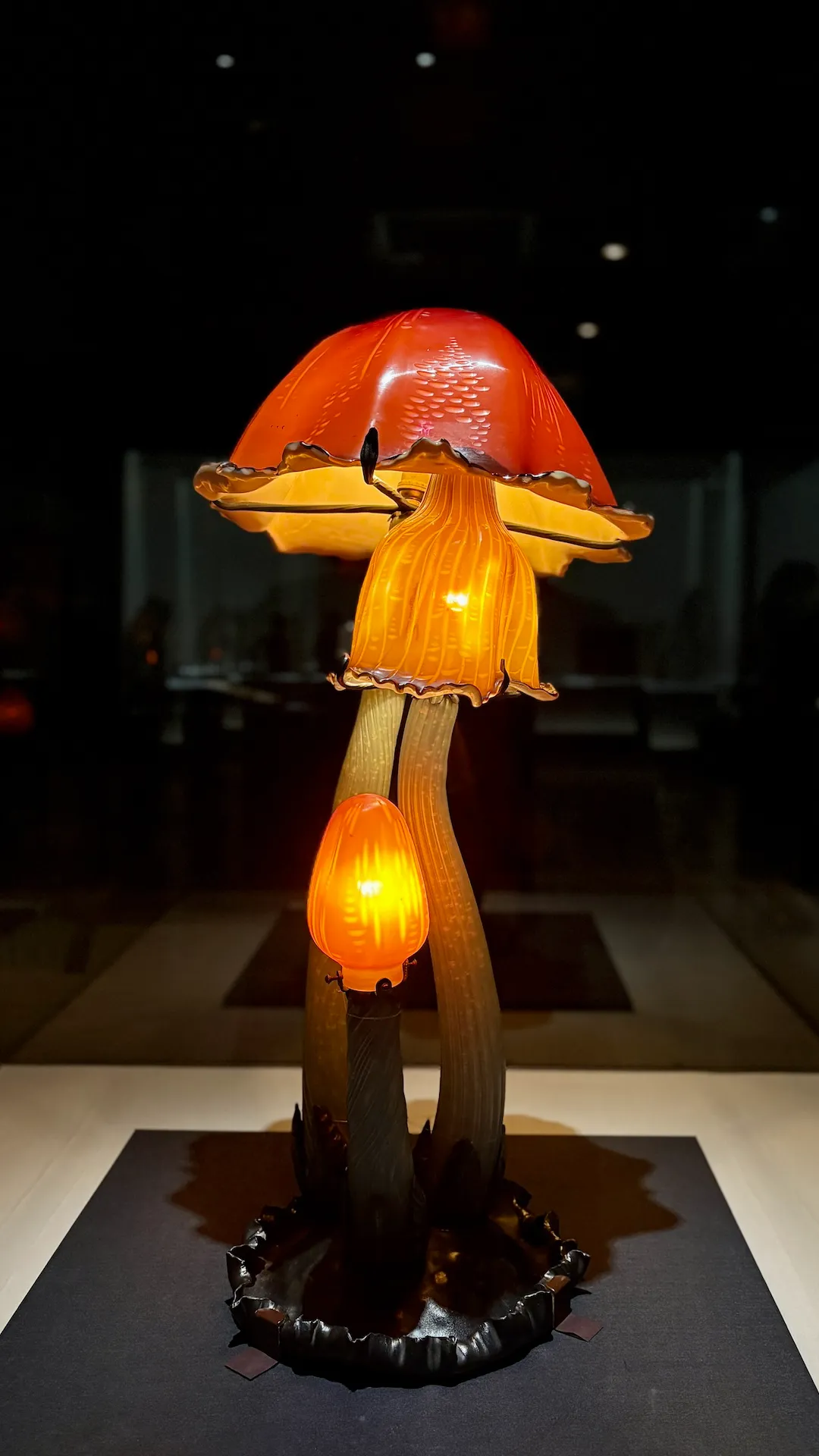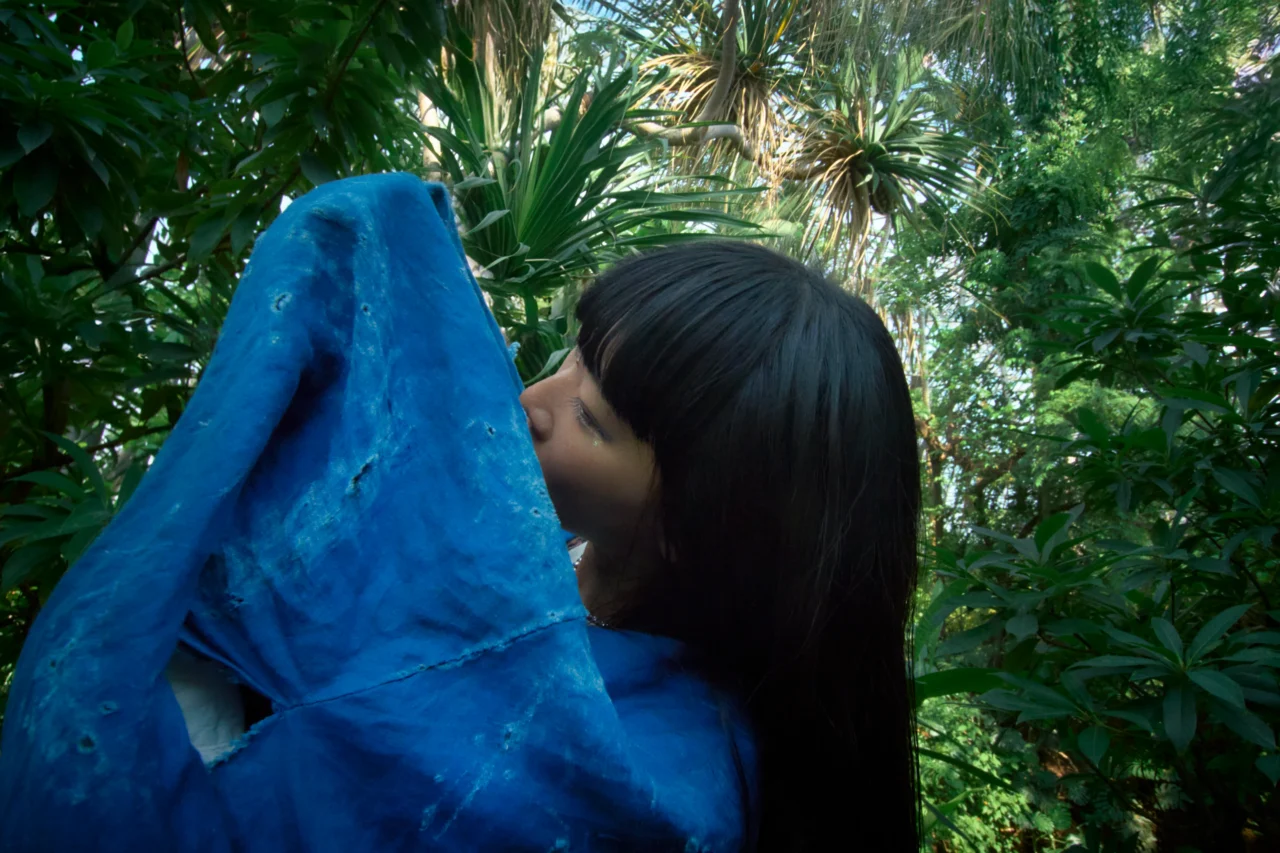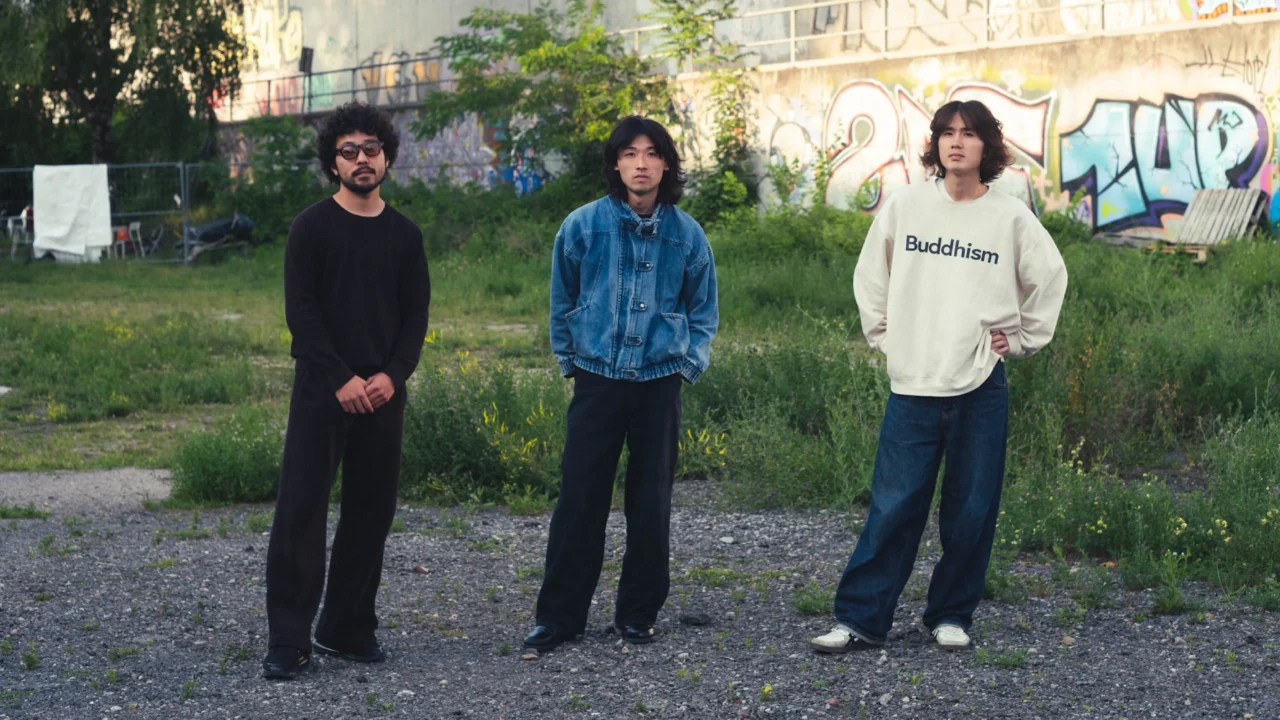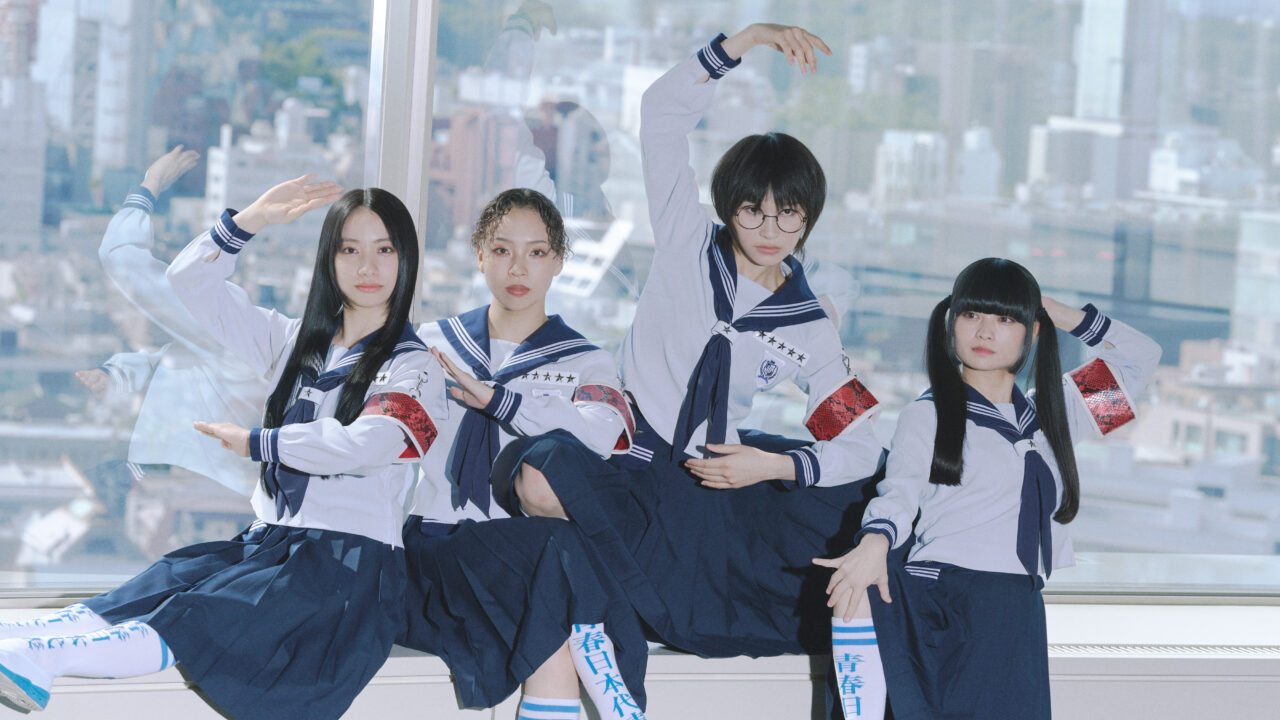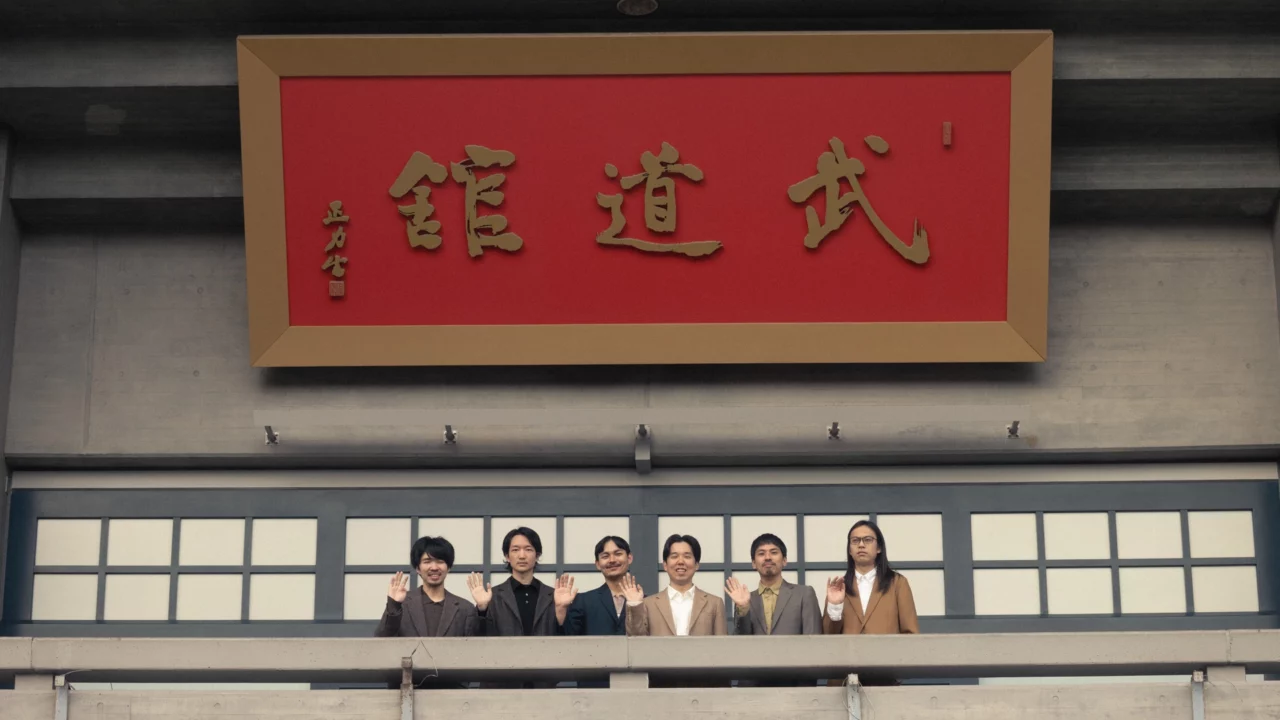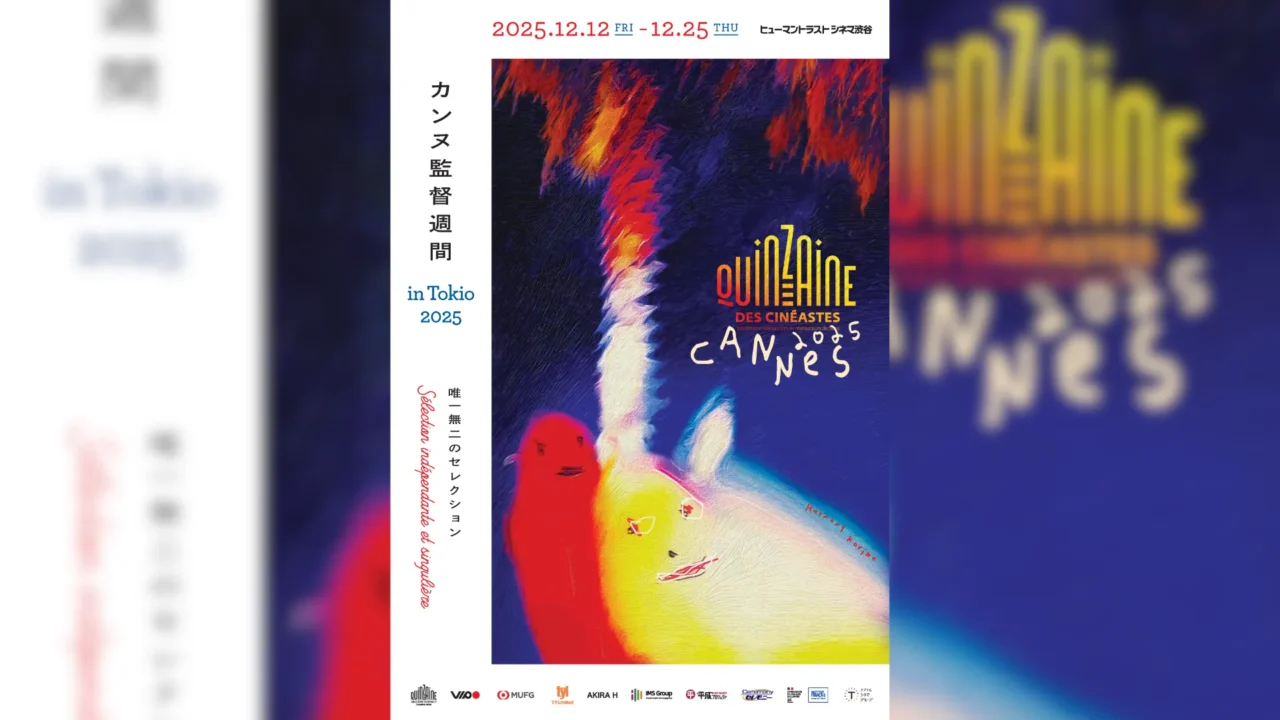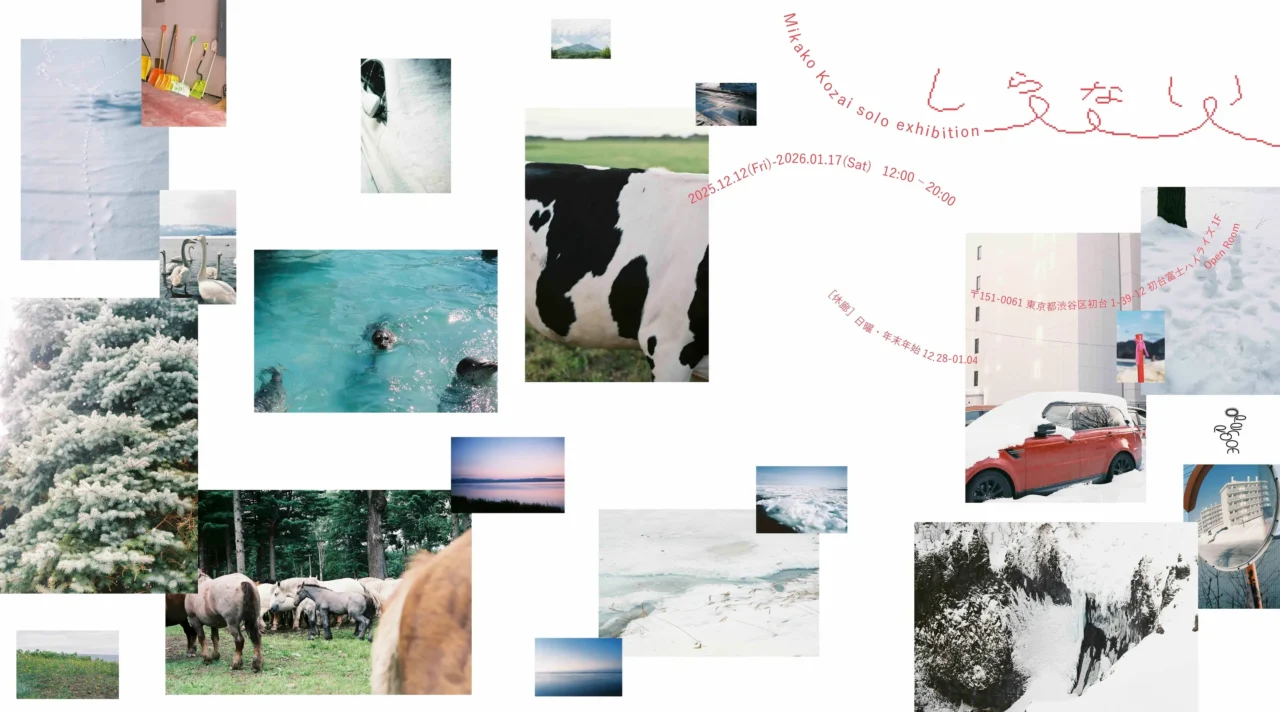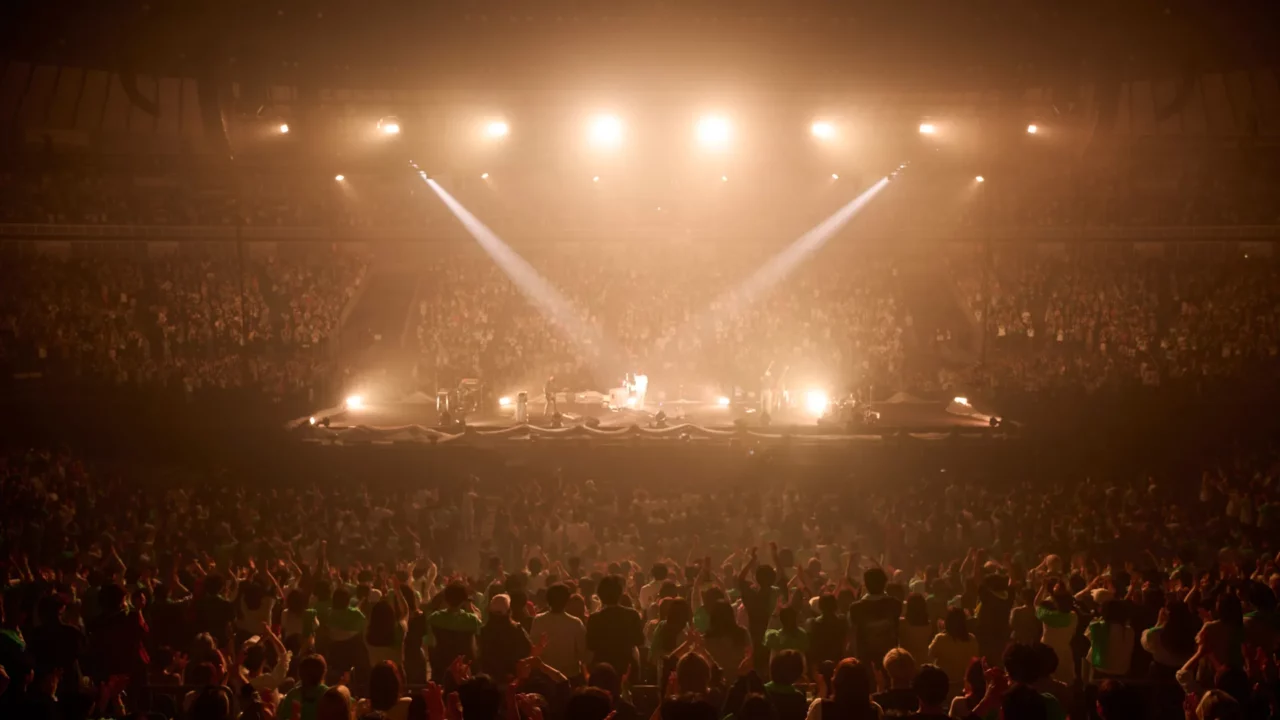INDEX
The 1889 Expo: Gallé’s Second Major Showcase
Another 11 years later, Gallé’s second participation in the 1889 Paris Expo was, in short, a great success. Among the approximately 300 glass works Gallé presented, the standout was his use of “black glass.” In line with the grand stage of the expo, Gallé introduced works utilizing black glass, a material that had rarely been used before. (One might even imagine naming it something like “Glass of the Night,” similar to how he named his “moonlight-colored glass.”) The black color was used to express themes of life and death, sorrow, and it added an emotional depth to the pieces. From this point onward, Gallé’s works clearly began to develop a stronger narrative quality and became more emotional in nature.
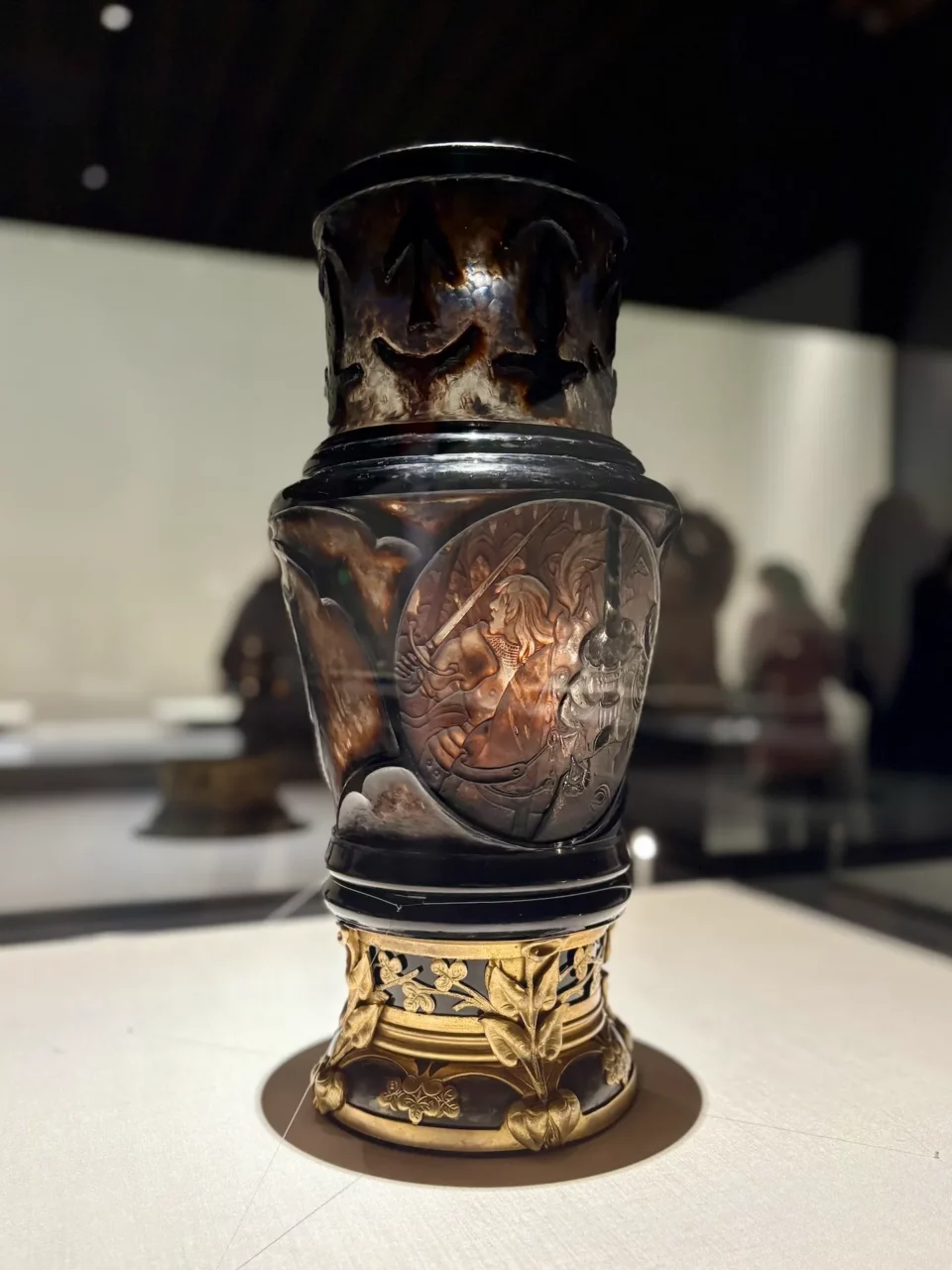
In the large vase Joan of Arc, created using black glass, Gallé employed both raised (relief) and recessed (intaglio) engraving techniques. When light is cast on the piece, only Joan of Arc appears to shine, resembling a single beam of light piercing through the battlefield.
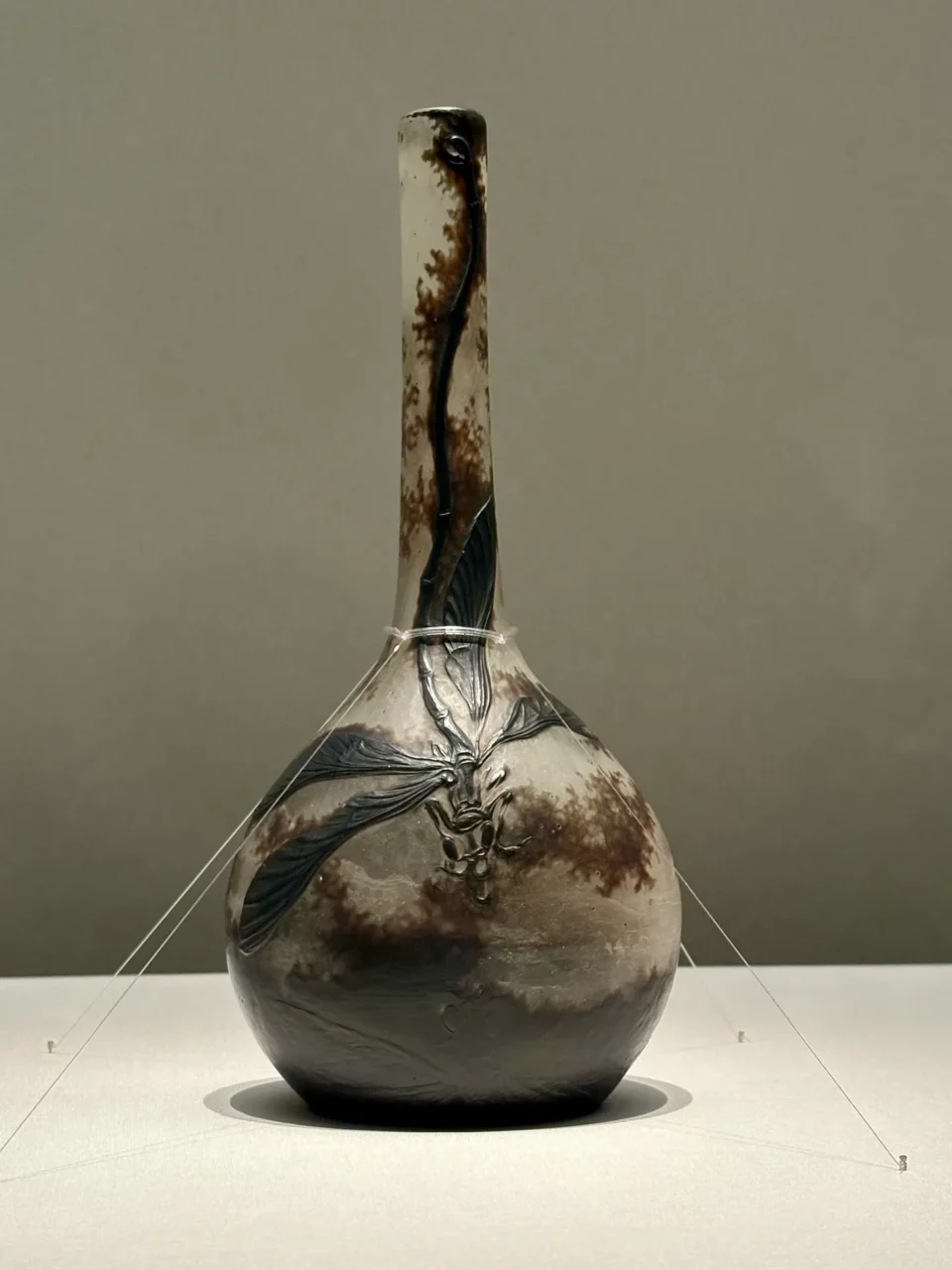
Gallé is said to have referred to his black glass works as “vases of sorrow.” This sentiment becomes particularly clear when looking at the vase Dragonfly. The dragonfly, exhausted, falls toward the water’s surface. If you look closely at the lower part of the piece, you’ll notice that its reflection on the water is also delicately expressed through subtle raised and recessed details. The dragonfly is heading toward death while gazing at its own approaching reflection. Standing before it, you can’t help but feel an intense emotional connection, as the piece pulls you in with its strong gravitational force. By the way, the dragonfly was a favorite motif of Gallé, who had a love for insects, and you can find many dragonflies throughout this exhibition. At this expo, where Gallé’s artistic identity truly blossomed, he achieved great success, winning the Grand Prix in the glass category, as well as a gold medal in the ceramics category and a silver medal in the furniture category.

